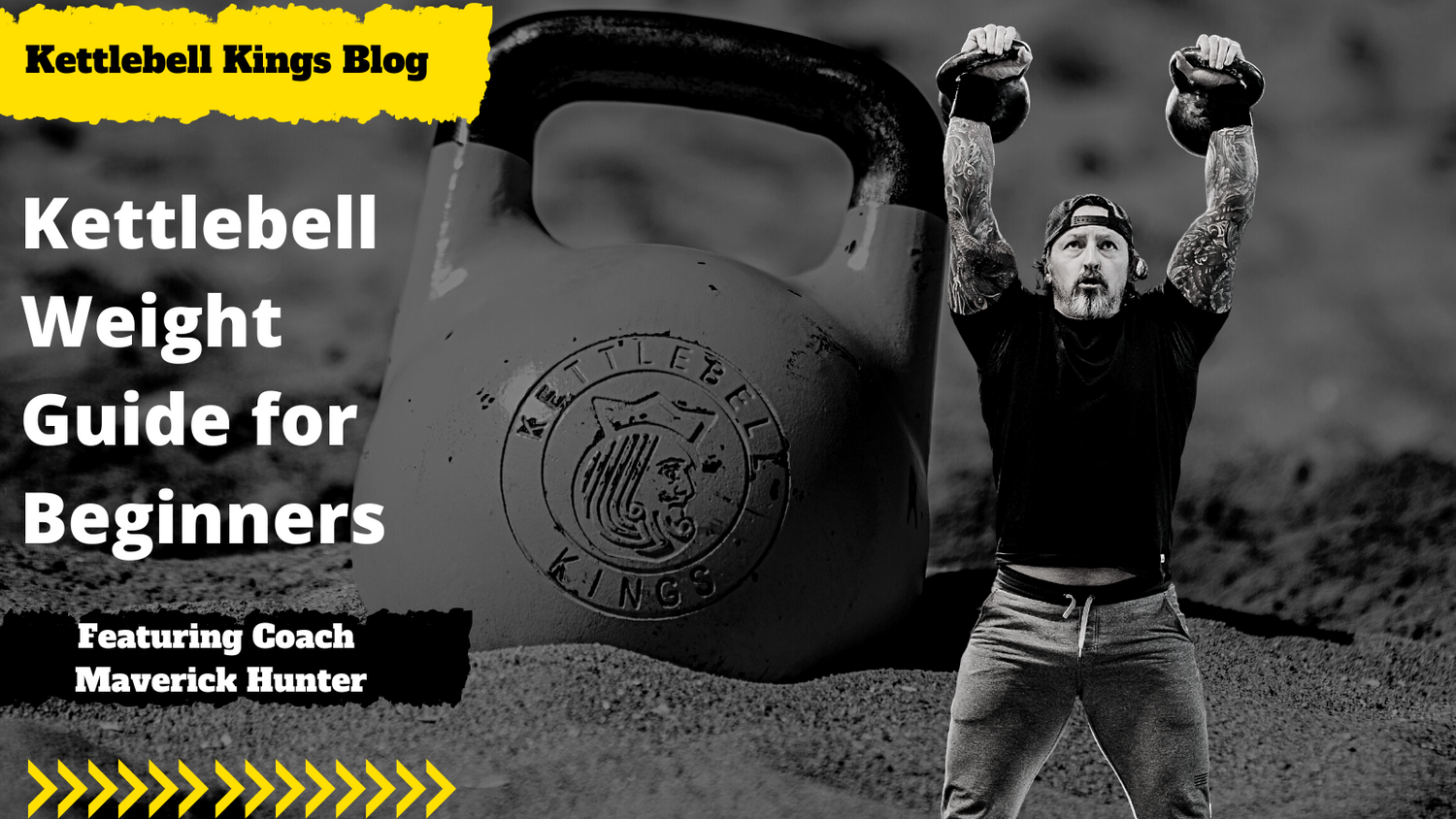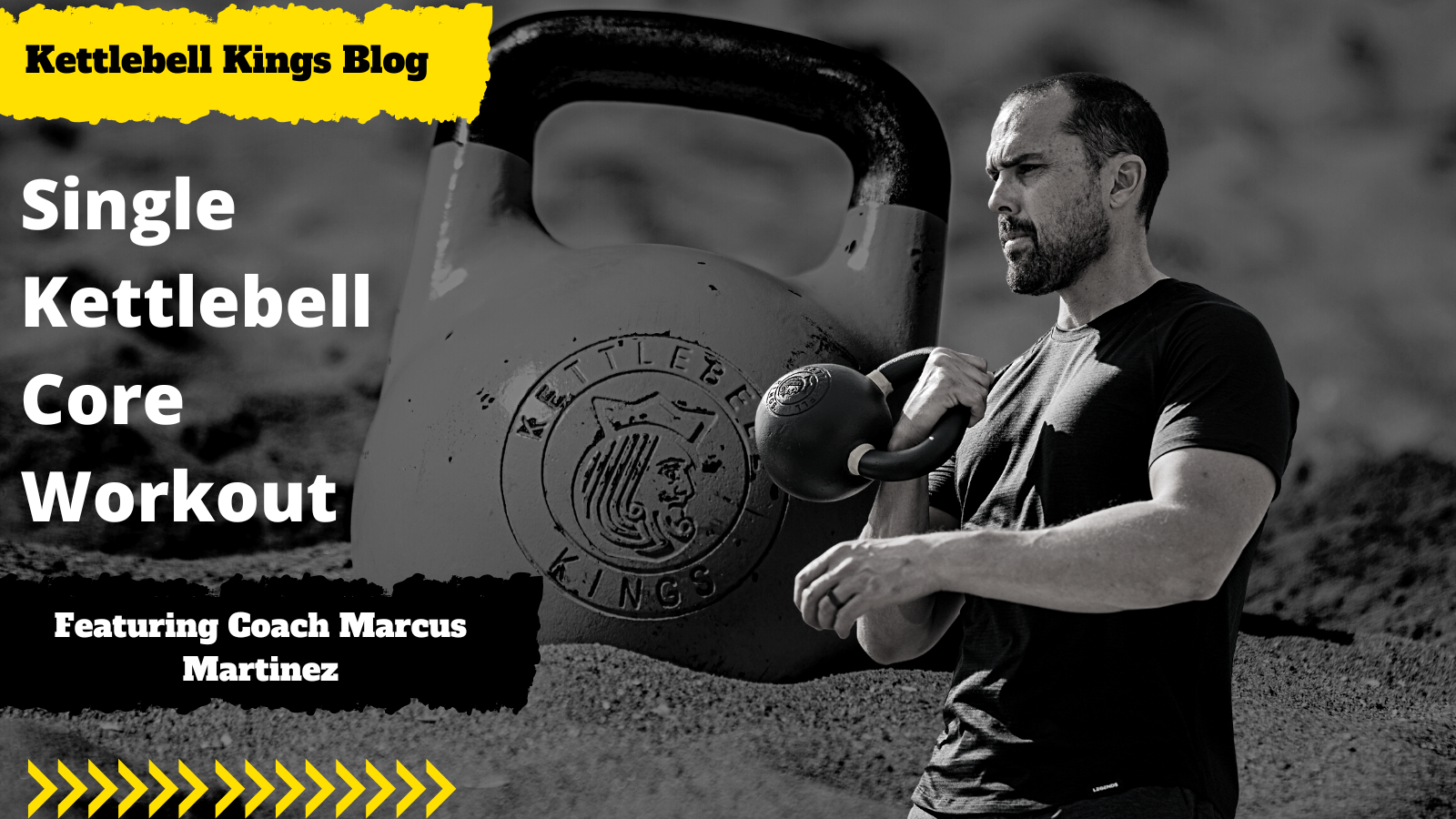Who Is The 16 KG Kettlebell For and What Are Its Uses?
Kettlebells in General is a journey and to unlock the strengths needed for a 16kg one must be willing to conquer the basics with 12kg or less.
12kg or even 8kg may sound light but the fact remains that kettlebells just hit differently than its counterparts ie: the dumbbell or barbell.
As far as movements go, the lighter the bell for the individual the more it will be geared towards its main use being for technique or mobility. To say a 16kg is a light kettlebell for some would be a false statement and to others highly accurate. To simply the matter and keep strength General across the board, kettlebell weight and bodyweight should be taken into consideration.
With regards to bodyweight, we are talking about the individuals preference on how they feel with the weight they currently is.
(Not based on any other schematics or tables of reference)
Taking the basis above into consideration we can accurately analyze a student's strength as follows.
EXAMPLE:
We have a 140lb student and their initial goal is to move a 16kg kettlebell which is 25% of their body weight.
Taking their natural strength into consideration they can more than likely carry this kettlebell around with moderate ease. Yet, we want the student to move this kettlebell as intended, to do this the student must go through the basics with the lighter 12kg or even 8kg.
There are certain movements that may be less challenging with a 16kg, for example a 2 handed Deadlift, Swing or Goblet Squat for low volume reps may seem like a peace of cake to some.
However, when the individual is focused on increasing there strength with a Single arm movement, the ability to Maintain quality form becomes the heighten topic question.
Which is, can the individual maintain absolute integrity with each repetition?
(Sound and safe with proper mechanics)
We find that when the quantity matches quality over a period of 5 sets of 5 reps , the student has proven they can handle the next Bell size up.
When the green light is given to the student to progress from in this case a 12kg to a 16kg it means they're prepared for low volume sets and reps. The goal would be to increase the volume over a course of 4 weeks.
For example; we would use a progressive overload complex as follows:
Movement - Clean + Press
Week 1: 5 sets of 2 (1 + 1)
Week 2: 5 sets of 3 (1 + 1)
Week 3: 5 sets of 4 (1 + 1)
Week 4: 5 sets of 5 (1 + 1)
By using this format you build up set volume over the course of 5 sets at the given strength complex while gradually increasing the volume
5 reps each week. If the individual is unsuccessful at completing the sets and reps with the allotted rest to work ratio, then they must stay on those sets and reps the following week.
However, the way the pattern is progressed promotes confidence within the student and teaches them self-motivation with the simple phrase, it's just one more rep.
Once the student has solidified the strength required to move a single 16kg the next goal is a pair of 16kgs. Let us not forget that just because you can Single arm Press 5 reps on each arm doesn't equate to a double press for 5 reps. Due to the fact the body has twice the payload and the energy required for more strength is under a greater duress. By doubling the load you are in turn putting more stress on the body and telling it that it's time regress to progress. The time it takes to increase the strength needed for a pair of 16kgs comes down to time, patience and more importantly keeping the ego in check. When the student chooses to feed the quality of the quantity then the path to increased strength becomes less interrupted. Now how far that path is comes down to how many kettlebells you have. Taking our given target is to complete 5 reps at each basic kettlebell, if the student has a pair of 10kg and 12kg it will help with achieving a consistent gradual increase of Strength. However, if the student only has a pair of 16kg, they may have to spend more time with lower volume reps and sets to achieve the goal at hand. Either path is perfectly fine, but if patience isn't a virtue the student may want to invest in broader selection of kettlebells.
To recap the question "who is the 16kg kettlebell for?" It's for anyone willing to show each kettlebell below it love and integrity. It's also best suited as working kettlebells for students weighing around 135-145lbs, for basic kettlebell movements and complexes. This student may also call a pair of 16kgs ``my go to bells." Now for the individuals chasing a higher level of Strength, the coveted 24kg is one that demands a greater level of commitment.
__________________________________________
Who Is The 24 KG Kettlebell For and What Are It's Uses?
If we were to say the 24kg is for anyone, that could be true, but not just anyone is going to go through what it takes to train properly with 1 or even 2 - 24kg kettlebells.
The nitty-gritty facts remain, if the student hasn't worked the appropriate amount of reps and sets with the lighter bells then they're going to have a tough time with the 24kg.
Most folks are not just going to walk up to a 24kg and sling it around for some random movement. A student of sound mind knows what sleeps within the 24kg, or better yet what becomes awakened once it's grabbed.
Let's get a better understanding of the features of the coveted 24kg before we just go grab one off the floor.
Size, the difference between the handle, window and bell increase slightly as you begin your journey with the 24kg. These subtle changes in kettlebell structure play a key role in the students grip strength and kettlebell movement patterns.
These features, even though they are subtle, will reignite the students' mindset that they now have a new strength to achieve. Which in turn allows them to take the lessons learned from the lighter bells to progress even more efficiently with the 24kg kettlebell?
As we discussed in our previous topic on "Who is the 16kg kettlebell for," the same principles are applied to the 24kg with a few things to consider.
For a 212lb individual the 24kg is roughly 25% of bodyweight, yet for the 140lb individual used as example in the previous article, this is now closer to 38% of bodyweight. Putting two things into perspective, one who seeks the standards of strength and one who wants to push the boundaries.
Making the answer to the topic, a 24kg is for anyone looking to meet the standards and for individuals willing to endure the time required to move more than they could before.








